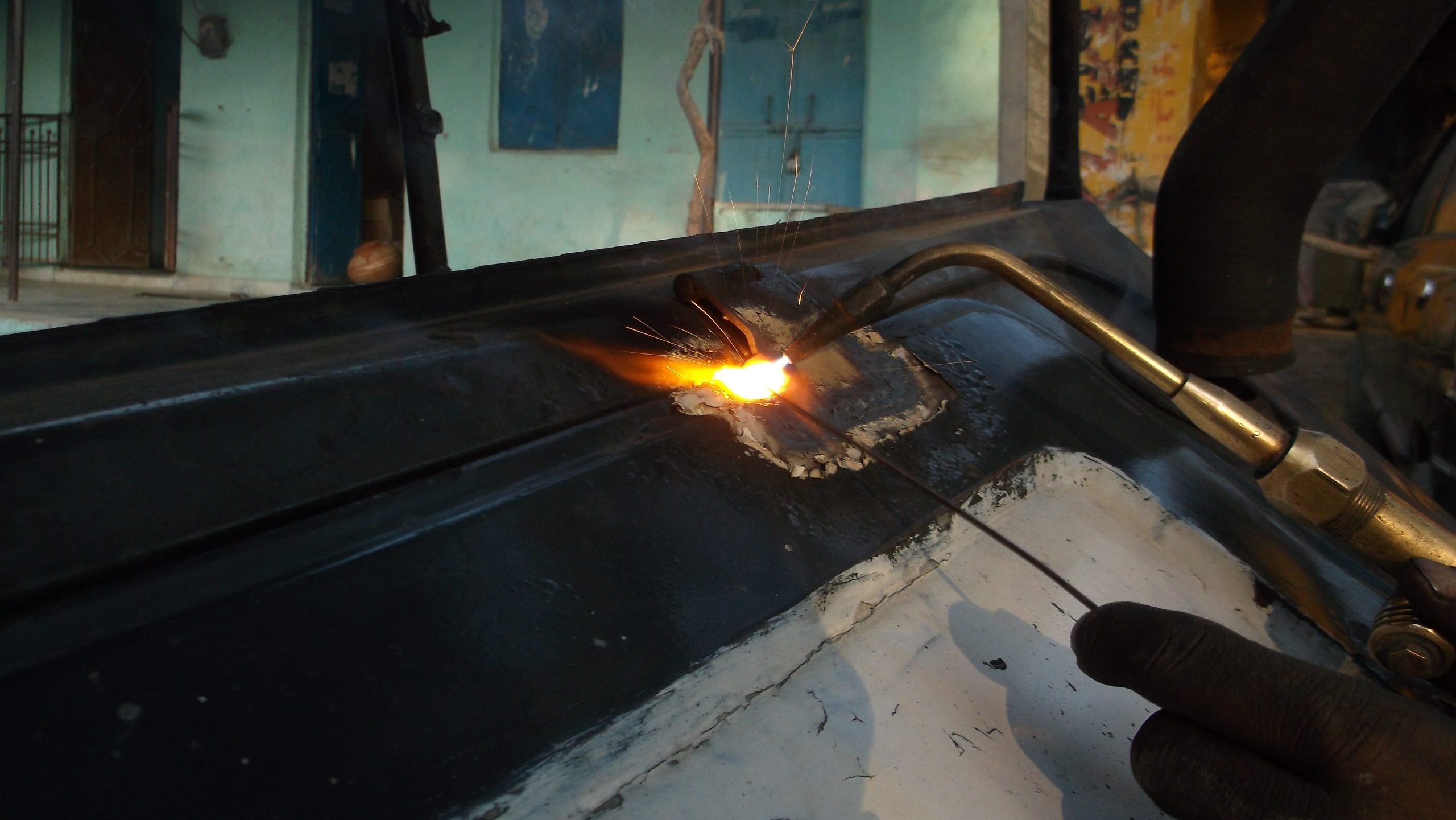
Welding is an essential skill in various industries, from construction to automotive manufacturing. The right welding rod or wire can make all the difference in the quality of the weld, the ease of the process, and the final result. In this comprehensive guide, we’ll delve into the various types of welding rods and wires, their uses, and how to choose the right one for your project.
Understanding Welding Rods and Their Uses
Welding rods, also known as electrodes, are used in various welding processes like Stick welding, TIG welding, and Flux-cored welding. Each type of welding rod is designed for specific metal types and thicknesses, so it’s essential to choose the right one for your project. Let’s explore some of the most common welding rods and their uses.
- E6010 and E6011: These fast-freeze, all-position rods are ideal for welding mild steel in the construction and manufacturing industries. They provide excellent penetration and are suitable for use on rusty or painted surfaces.
- E6013: This all-position rod is perfect for general-purpose welding, offering a smooth and stable arc. It’s widely used in automotive and light fabrication work.
- E7018: Known for its low hydrogen content, the E7018 rod is excellent for welding high-strength steel and is often used in structural projects.
Welding Wires: MIG and Flux-Cored
Welding wires are primarily used in MIG and Flux-cored welding processes. The wire is continuously fed through the welding gun, providing a consistent filler material. Here are some popular welding wires and their applications:
- ER70S-6: This solid MIG wire is designed for welding carbon steel and is ideal for projects involving different types of metals.
- ER308L: Suitable for stainless steel welding, this MIG wire is commonly used in the food and beverage industry.
- E71T-1: A versatile flux-cored wire, E71T-1 is perfect for welding mild steel in all positions, making it a popular choice for construction and heavy equipment repair.
Choosing the Right Welding Rod or Wire
When selecting a welding rod or wire, it’s crucial to consider factors such as the materials being welded, the welding process, and the required strength of the weld. It’s also essential to follow safety guidelines and use appropriate safety equipment.
If you’re unsure which welding rod or wire is suitable for your project, it’s always best to consult with an experienced welder or seek professional training and certification. This ensures you have the right knowledge and skills to create strong, reliable welds.
In Conclusion
Understanding the various types of welding rods and wires is essential for creating high-quality welds. Choosing the right rod or wire for your specific project will not only ensure a strong
and durable weld but also make the welding process smoother and more efficient. Don’t hesitate to consult with professionals, undergo training, and gain practical experience to enhance your welding skills.
By familiarizing yourself with the different welding rods and wires, you’ll be better equipped to tackle a wide range of welding tasks in various industries, such as construction, automotive, and even art and sculpture. With practice and dedication, you can master the art of welding and embark on a fulfilling career with promising job opportunities and competitive salary prospects.
FAQs
- What is the difference between welding rods and welding wires?
Welding rods, or electrodes, are used in processes like Stick welding, TIG welding, and Flux-cored welding. Welding wires, on the other hand, are primarily used in MIG and Flux-cored welding processes. The main difference lies in the welding process and how the filler material is fed to the weld. - Can I use any welding rod or wire for any welding process?
No, specific welding rods and wires are designed for different welding processes and materials. It’s essential to choose the right rod or wire for your project to ensure a strong and reliable weld. - How do I know which welding rod or wire is suitable for my project?
Consider factors such as the materials being welded, the welding process, and the required strength of the weld. If you’re unsure, consult with an experienced welder or seek professional training and certification. - Do I need special safety equipment when using different welding rods or wires?
It’s crucial to follow safety guidelines and use appropriate safety equipment, such as gloves, helmets, and protective clothing, regardless of the welding rod or wire used. Some welding processes may require additional safety precautions or specialized equipment. - Where can I learn more about different welding processes and techniques?
You can find information on various welding processes, techniques, and materials on websites like WelderFacts, or by enrolling in professional training and certification programs.
